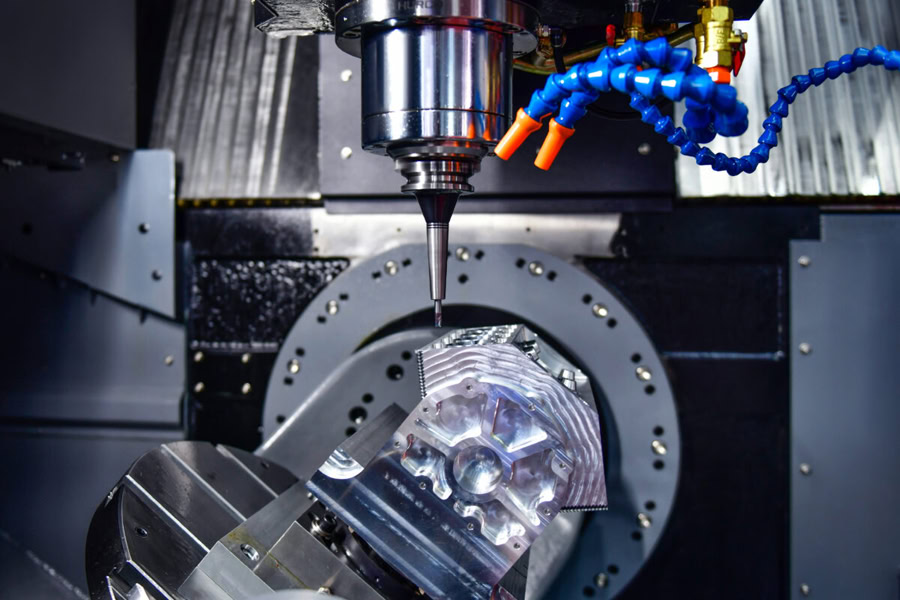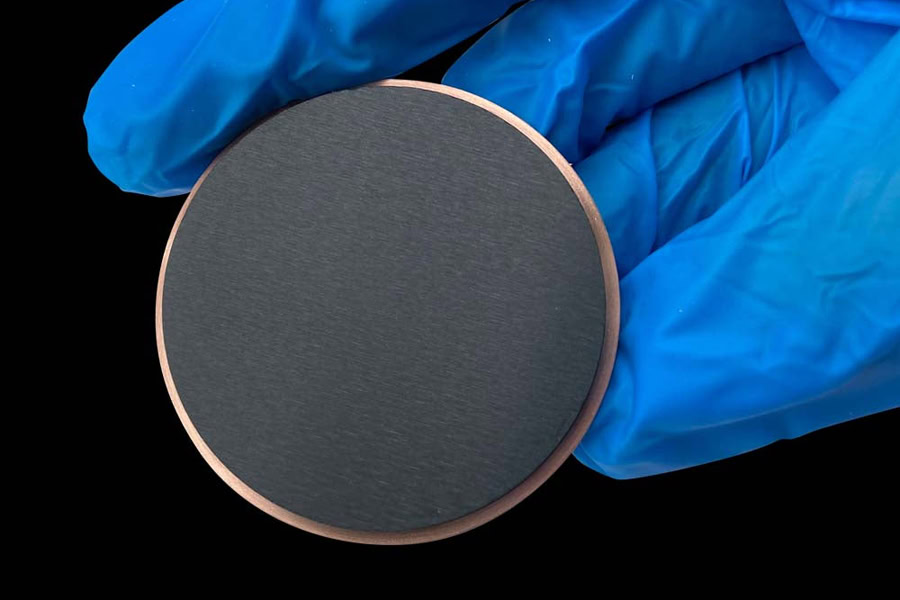Aluminum Sacrificial Anode Manufacturer and Supplier In China
In the field of cathodic protection, aluminum sacrificial anodes are widely used in many scenarios such as marine engineering and underground pipeline systems due to their advantages such as high theoretical capacitance, low density, and good electrochemical properties.
- Al - Zn - In Anode
- Al - Zn - In - Cd Anode
- Al - Zn - In - Sn Anode
- Al - Zn - In - Si Anode
- Al - Zn - In - Sn - Mg
- Al - Zn - In - Mg - Ti
- For Shipbuilding
- For Marine Engineering
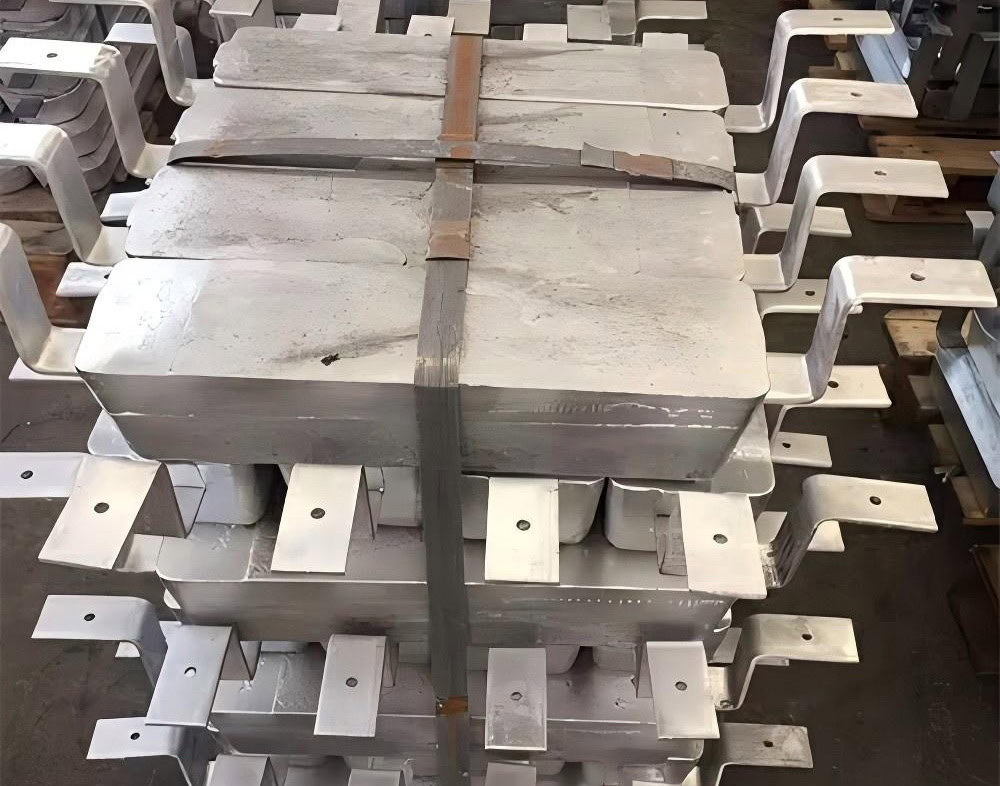
Trustworthy Aluminum Sacrificial Anode Factory in China - Wstitanium
As an important metal corrosion protection material, aluminum sacrificial anodes play a key role in many fields. With the continuous advancement of technology and the promotion of market demand, Wstitanium will continue to develop and innovate aluminum sacrificial anodes in alloy materials, performance optimization, and application field expansion, providing more reliable guarantees for global infrastructure construction and the long-term safe operation of metal structures.
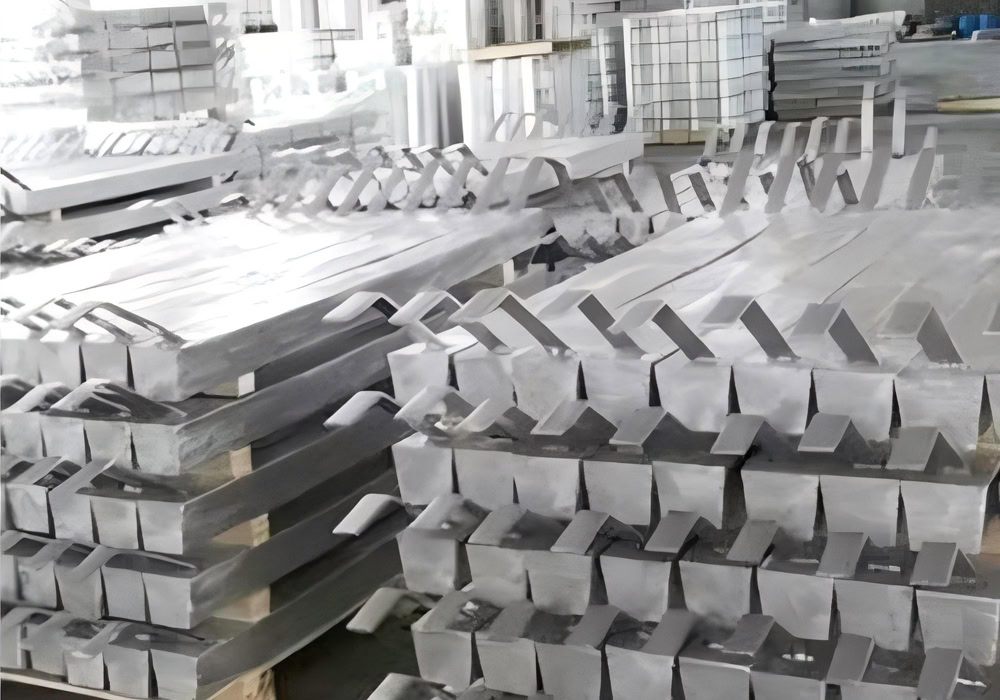
Al-Zn-In Anode
Contains 2.0%-6.0% zinc and 0.01%-0.02% indium. It has high electrochemical performance and good performance in seawater and chloride ion-containing media. It is widely used in cathodic protection of ships, marine engineering facilities, etc. in seawater environments.
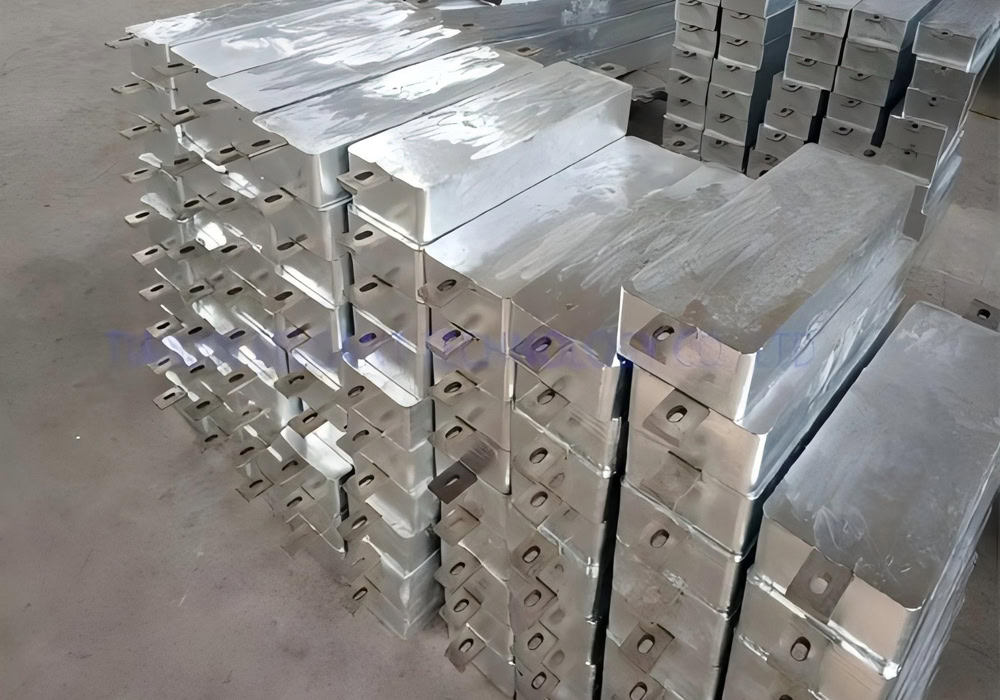
Al-Zn-In-Cd Anode
Contains 2.5%-4.5% zinc, 0.018%-0.050% indium, 0.005%-0.020% cadmium, and has similar performance to Al-Zn-In, and is used in some seawater environments with more stringent performance requirements.
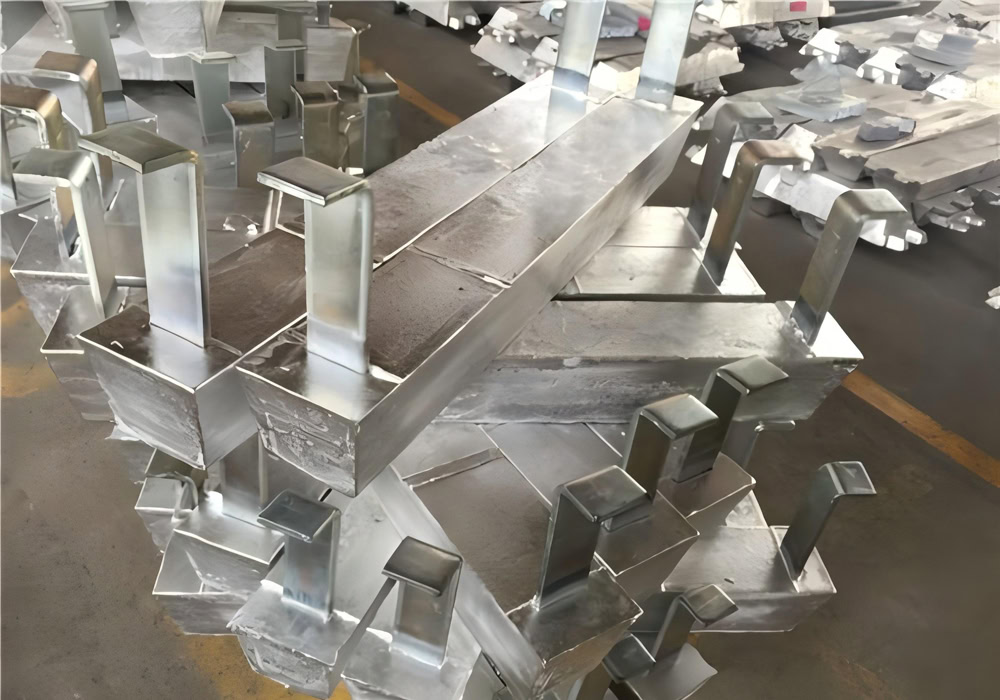
Al-Zn-In-Sn Anode
Contains 2.2%-5.2% zinc, 0.02%-0.045% indium, 0.018%-0.035% tin, has good stability and electrochemical performance in seawater environments, and can be used for cathodic protection of marine equipment, etc.
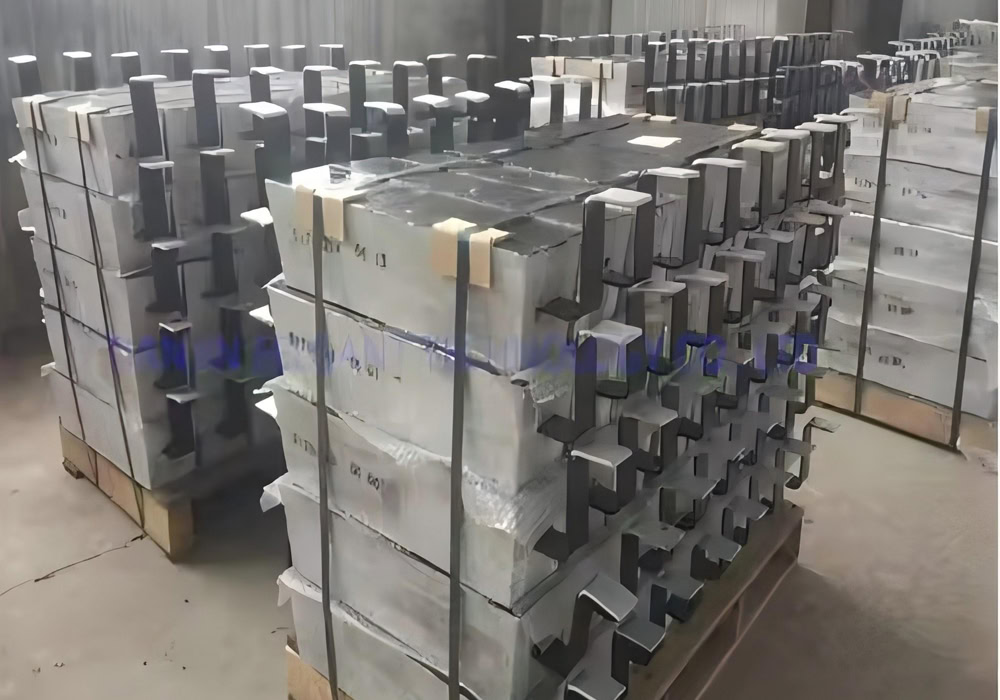
Al-Zn-In-Si Anode
Contains 5.5%-7.0% zinc and 0.025%-0.035% indium. It has specific electrochemical properties and is suitable for certain special seawater environments or occasions with special requirements for anode performance.
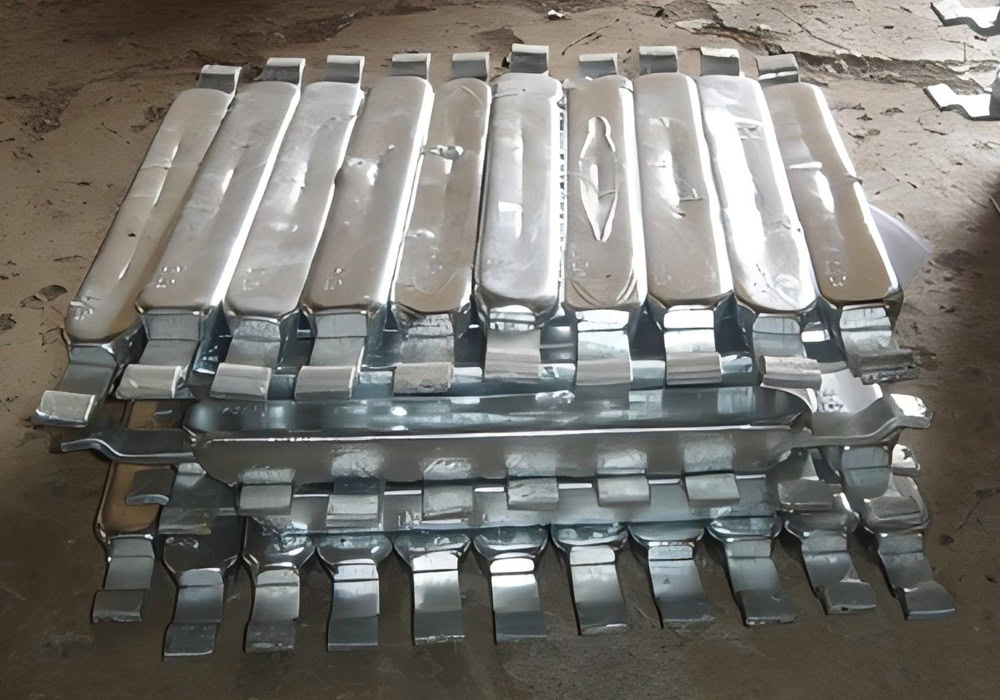
Al-Zn-In-Sn-Mg Anode
Contains 2.5%-4.0% zinc, 0.020%-0.050% indium, 0.025%-0.075% tin, 0.50%-1.00% magnesium, has high current efficiency, and has relatively uniform dissolution performance in the marine environment.
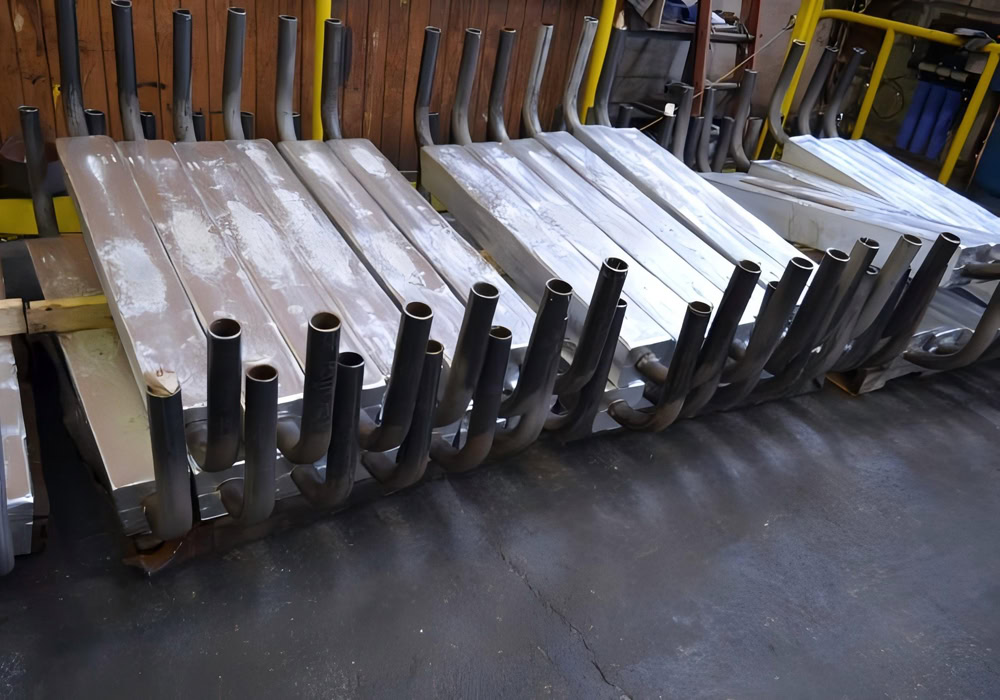
Al-Zn-In-Mg-Ti Anode
Contains 4.0%-7.0% zinc, 0.020%-0.050% indium, 0.50%-1.50% magnesium, and 0.01%-0.08% titanium. It is used in large marine engineering structures such as drilling platforms.
Working Principle of Aluminum Sacrificial Anode
In the natural environment, metals are gradually corroded due to electrochemical reactions with surrounding media (such as water, oxygen, electrolyte solutions, etc.). Taking iron as an example, in humid air, iron will undergo the following electrochemical reactions:
- Anode reaction (oxidation reaction): Fe → Fe²⁺ + 2e⁻
- Cathode reaction (reduction reaction): O₂ + 2H₂O + 4e⁻ → 4OH⁻
- Total reaction: 2Fe + O₂ + 2H₂O → 2Fe (OH)₂
Fe (OH)₂ will be further oxidized to rust (Fe₂O₃・nH₂O), causing damage to the metal structure.
The sacrificial anode protection method is based on the electrochemical principle, and a short-circuited primary battery is formed by connecting a metal with a more negative potential (i.e., a sacrificial anode) to the protected metal structure. In this primary cell, the sacrificial anode acts as the anode, undergoes oxidation reaction, and continuously loses electrons and dissolves; the protected metal acts as the cathode, obtains electrons from the sacrificial anode, thereby inhibiting its own oxidation reaction and achieving the purpose of protection. For the aluminum sacrificial anode, its electrode potential is more negative than that of most protected metals (such as steel, copper, etc.). Taking the aluminum-iron system as an example, aluminum acts as a sacrificial anode, and its reaction is:

- Al → Al³⁺ + 3e⁻
Electrons flow to the protected iron through the wire, allowing the cathode reaction on the iron surface to continue:
- O₂ + 2H₂O + 4e⁻ → 4OH⁻
In this way, the iron will not undergo anodic dissolution, avoiding corrosion, while the aluminum sacrificial anode is gradually consumed.
Advantages of Aluminum Sacrificial Anodes
Aluminum sacrificial anodes are widely used in the field of metal corrosion protection due to their electrochemical performance, physical properties, economic and environmental protection, and provide reliable cathodic protection for various metal facilities.
- High Capacity
The theoretical capacity of aluminum is as high as 2980A・h/kg, which means that the unit mass of aluminum can provide more electricity when an electrochemical reaction occurs. Provide longer protection for the protected metal at the same mass.
- Good Electrochemical Performance
The aluminum sacrificial anode can maintain a stable potential and high current efficiency in different electrolyte environments. Its potential distribution is uniform, which can provide comprehensive and uniform protection for the protected metal.
- Corrosion Resistance
By adding specific alloying elements (such as zinc, magnesium, indium, etc.), the corrosion performance of the aluminum anode is optimized, so that it remains relatively uniform during the dissolution process and avoids excessive local corrosion.
- Low Density
The density of aluminum is about 2.7g/cm³, which is much lower than steel (about 7.8g/cm³) and zinc (about 7.14g/cm³). It reduces the load on the structure for offshore platforms, ships and other facilities with strict weight restrictions.
- Good Machining Performance
Aluminum has good plasticity and processability. It can be made into sacrificial anode products of various shapes and sizes through various machining such as casting, extrusion, forging, etc. to meet the needs of different application scenarios.
- Low Cost
Aluminum is an abundant metal element in the earth’s crust. Compared with magnesium anode and zinc anode, the cost is lower, which makes aluminum sacrificial anode have economic advantages in large-scale applications.
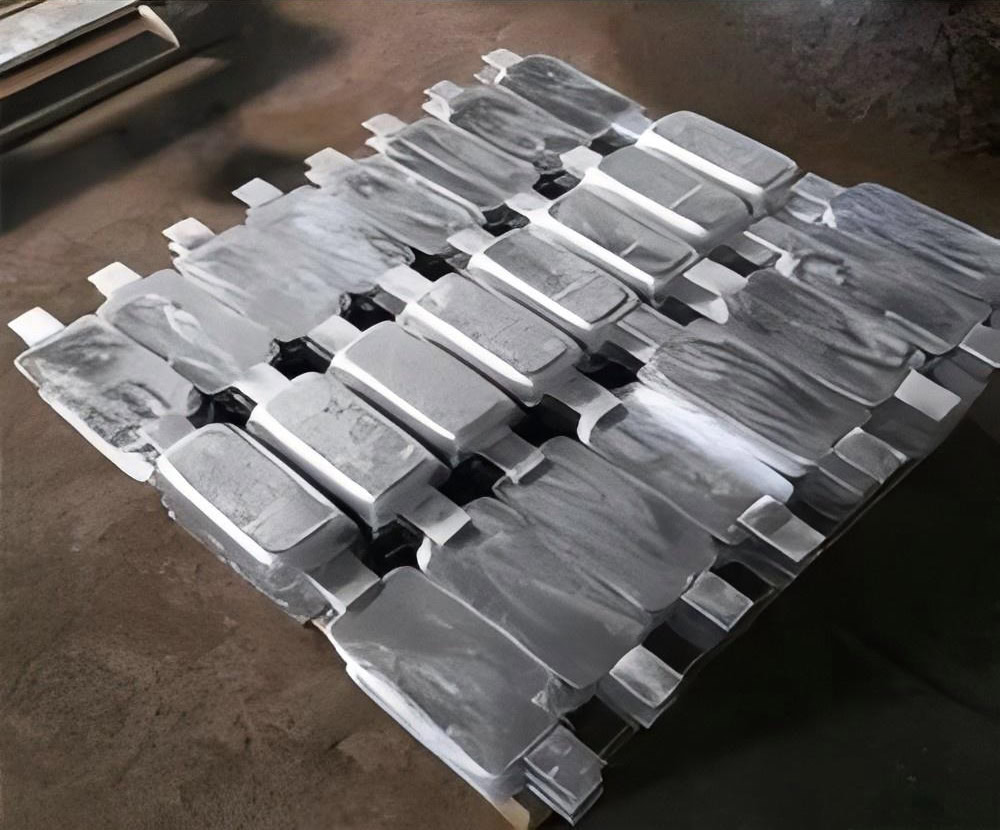
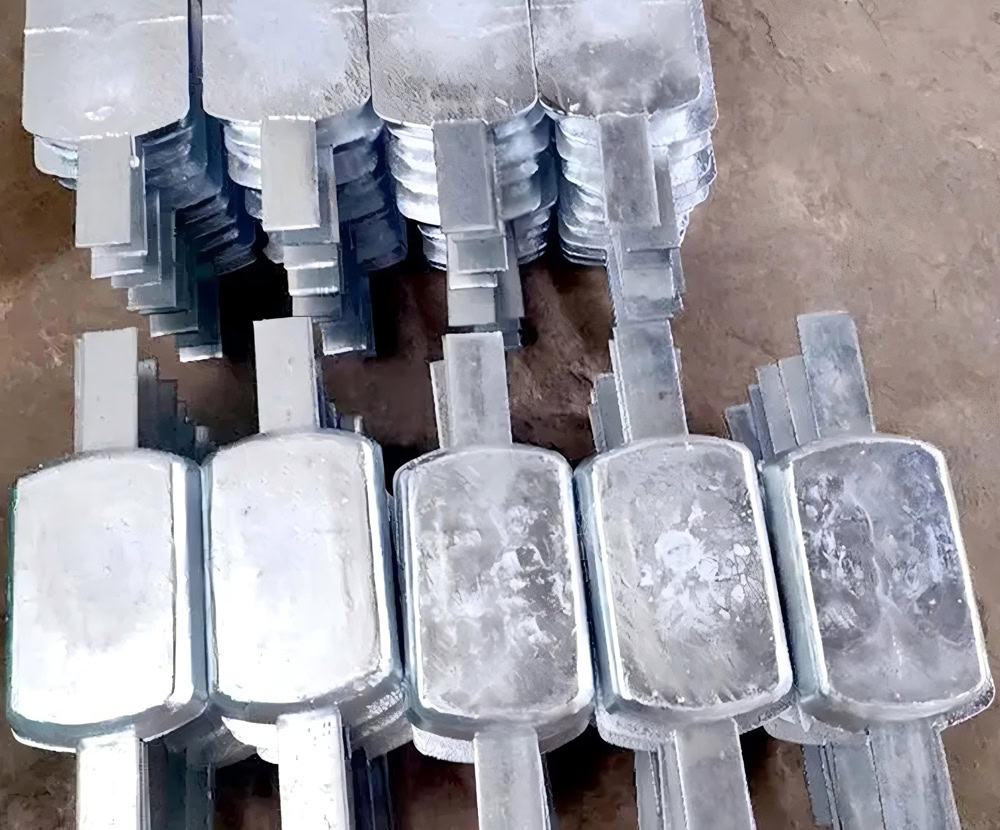

Alloy composition of aluminum sacrificial anode
In order to further optimize the performance of aluminum sacrificial anode, alloying becomes a key means. By adding specific alloying elements, it can play an important role in improving its electrochemical activity and corrosion resistance, greatly expanding its application range and effect.
Zinc is one of the commonly used alloying elements in aluminum sacrificial anodes. It can increase the potential of the aluminum anode, enhance its driving voltage, and enable the anode to provide protective current for the protected metal more effectively. At the same time, zinc can also refine the grain structure of aluminum and improve the mechanical properties and corrosion resistance of the anode.
Magnesium will further reduce the potential of the aluminum anode, and the alloy phase formed with aluminum can promote the uniform dissolution of the anode and improve the current efficiency. However, excessive magnesium content may cause excessive hydrogen to be generated on the anode surface, affecting the anode performance, so its content needs to be strictly controlled.
- Indium (In)
Indium is an important activating element that can effectively inhibit the formation of a passivation film on the surface of the aluminum anode and improve the activity and current efficiency of the anode. Even at low current density, aluminum sacrificial anodes containing indium can maintain good electrochemical properties and ensure a stable protection effect.
In addition to the above main elements, small amounts of titanium (Ti), manganese (Mn), cadmium (Cd) and other elements may also be added. Titanium can refine the grains and improve the strength and toughness of the anode. Manganese can improve the corrosion resistance of the anode. Cadmium can improve the potential and current efficiency of the anode to a certain extent, but its use is subject to certain restrictions due to its toxicity.
Custom Manufacturing Aluminum Sacrificial Anodes
As a company with advanced technology and rich experience in the field of materials, Wstitanium has unique advantages in the manufacture of aluminum sacrificial anodes. The following will comprehensively and in-depth explain the key links of Wstitanium’s manufacturing of aluminum sacrificial anodes, covering raw material selection, alloy formula research and development, manufacturing process, quality control, performance testing, application cases and technical support, etc., aiming to provide you with trustworthy solutions.
Strict Selection of Raw Materials
Wstitanium is well aware of the key impact of raw material purity on the performance of aluminum sacrificial anodes. High-purity aluminum ingots are preferred for manufacturing aluminum sacrificial anodes, and the purity usually needs to reach more than 99.7%. High-purity aluminum can ensure the stability of the anode in electrochemical reactions and reduce local corrosion and potential fluctuations caused by impurities.
In addition to aluminum, alloy elements are important factors that determine the performance of aluminum sacrificial anodes. The alloy elements selected by Wstitanium mainly include zinc, magnesium, indium, etc. Wstitanium strictly tests the purity, particle size and other indicators of zinc, magnesium, indium, etc. to ensure the quality stability of alloy elements and lay a solid foundation for the manufacture of high-performance aluminum sacrificial anodes.
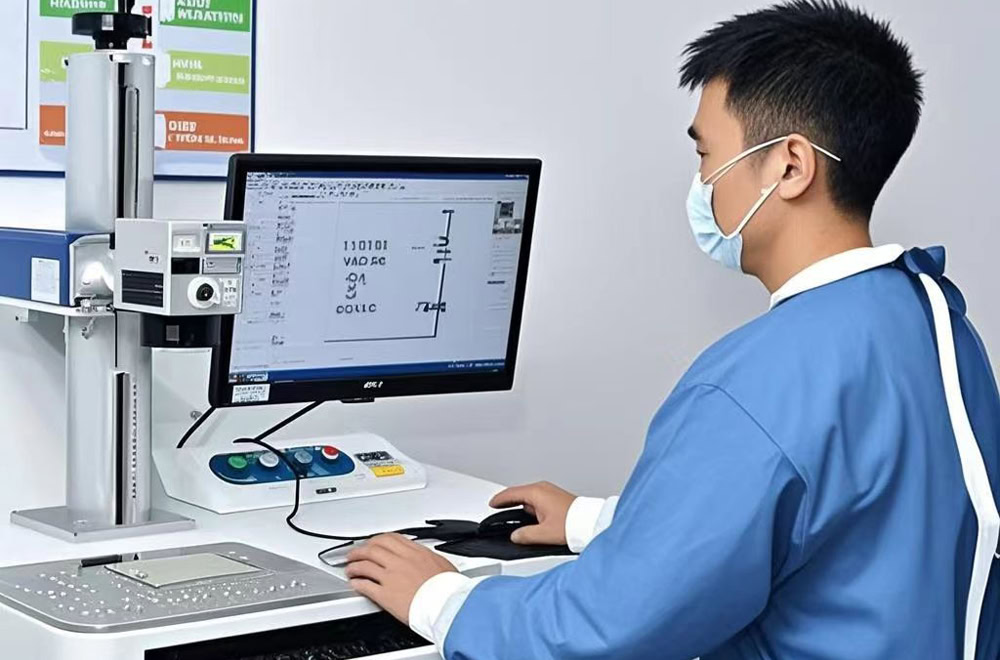
Alloy Formula Development
Wstitanium adjusts the proportions of alloy elements such as zinc, magnesium, and indium according to the application scenarios of aluminum sacrificial anodes. For example, the zinc content is appropriately increased to enhance the potential driving force, the magnesium ratio is optimized to ensure uniform anode dissolution, and the amount of indium added is precisely controlled to maintain a stable high current efficiency. Wstitanium simulates various actual application environments in the laboratory and conducts comprehensive performance tests on the newly formulated aluminum sacrificial anodes, including monitoring of key indicators such as potential stability, current efficiency, and corrosion rate. After multiple rounds of verification and improvement, it is ensured that the alloy formula finally put on the market can meet the actual needs of customers and provide strong guarantees for the high performance and reliability of aluminum sacrificial anodes.

Melting
Melting is one of the key links in the manufacture of aluminum sacrificial anodes. Wstitanium uses an advanced medium-frequency induction melting furnace for melting to melt aluminum and alloy elements evenly. Strictly control the melting temperature, time and stirring speed. According to different alloy formulas, the melting temperature is accurately set, generally controlled between 700-750°C, to ensure that the alloy elements are fully dissolved and evenly distributed in the aluminum liquid. At the same time, a combination of mechanical stirring and gas stirring is used to enhance the mixing effect of the aluminum liquid and further improve the uniformity of the composition.
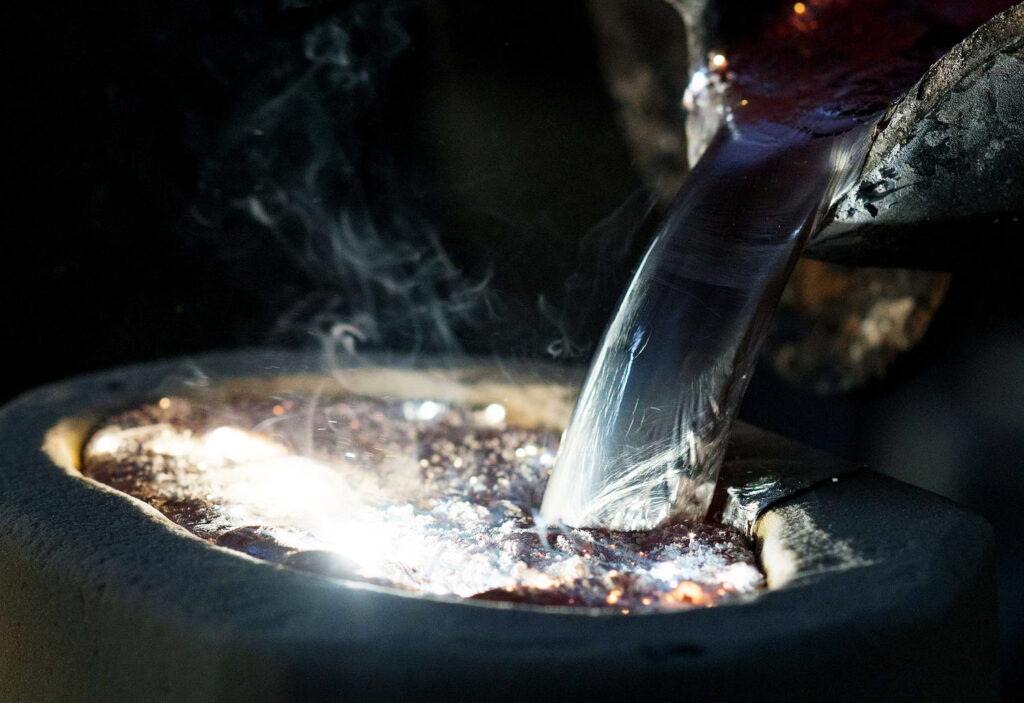
Casting directly affects the molding quality and internal structure of aluminum sacrificial anodes. Wstitanium mainly uses gravity casting and low-pressure casting. Gravity casting is mostly used for anodes with simple shapes and large sizes. In the gravity casting process, the design of the gate and riser is optimized to ensure that the aluminum liquid can fill the mold cavity smoothly and quickly to avoid defects such as insufficient pouring and cold shut. At the same time, a uniform and dense casting structure is obtained by reasonably controlling the cooling rate. For anodes with complex shapes and high precision requirements, a low-pressure casting process is used. Low-pressure casting fills the mold with aluminum liquid under pressure, which can better fill the fine structure of the mold and improve the dimensional accuracy and surface quality of the casting. In the low-pressure casting process, the filling pressure, speed and holding time are precisely controlled to ensure the quality stability of the casting.
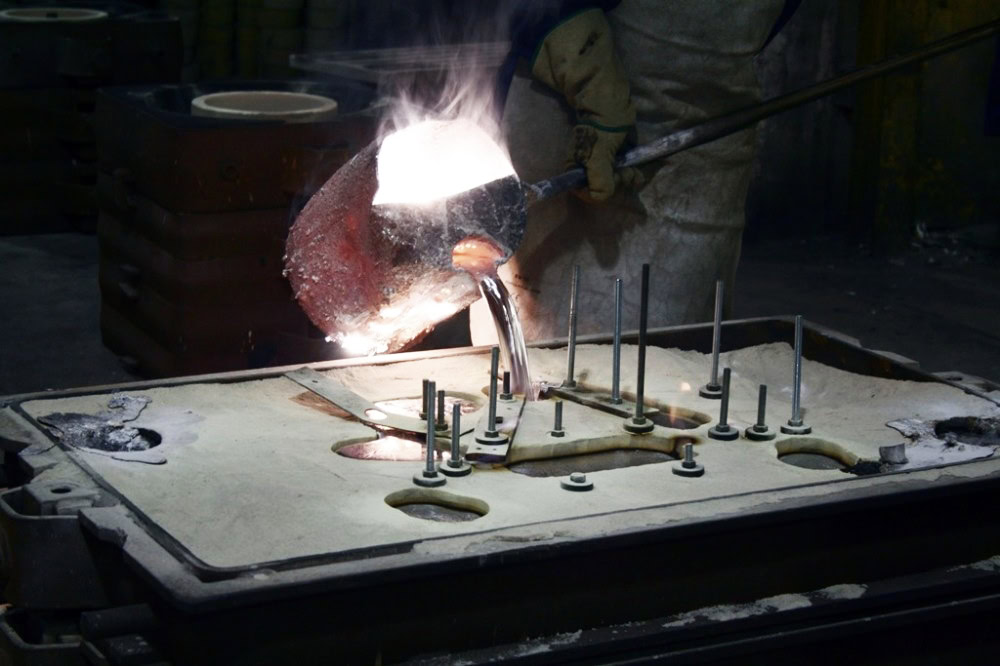
The aluminum sacrificial anode blank after casting needs to go through a series of machining, including cutting and drilling. Wstitanium uses advanced CNC machining equipment to ensure dimensional accuracy and surface quality. In the cutting process, high-precision water cutting equipment is used to ensure that the dimensional tolerance of the anode is controlled within a very small range. The drilling process accurately drills the installation holes according to the installation requirements of the anode to ensure the accuracy and firmness of the installation.
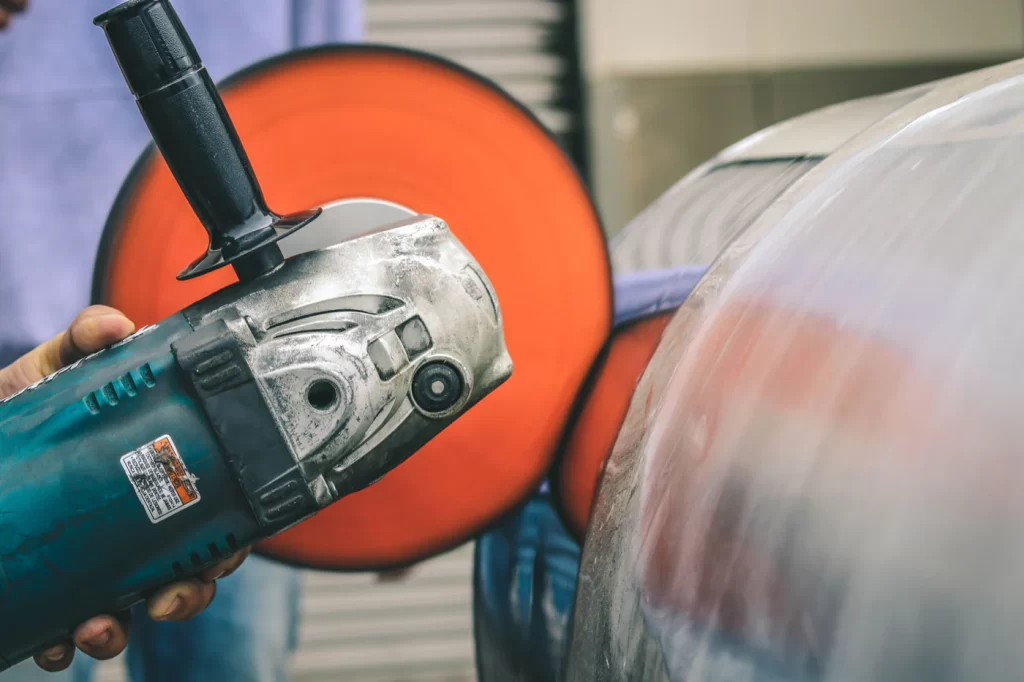
Quality Inspection
Wstitanium has built a scientific, rigorous and comprehensive aluminum sacrificial anode quality inspection system, dedicated to providing the highest quality and most reliable aluminum sacrificial anode products to global customers, ensuring that every metal facility can get all-round and no-dead-angle corrosion protection.
Electrochemical Performance
Electrochemical performance is the core performance indicator of aluminum sacrificial anode. Wstitanium places the anode in an electrolyte solution that simulates the actual application environment, and measures the potential change of the anode at different time points through linear sweep voltammetry, constant current discharge method and other technologies to evaluate its potential stability. For example, in the test simulating the seawater environment, a three-electrode system is used, with a saturated calomel electrode as the reference electrode and a platinum electrode as the auxiliary electrode to accurately measure the potential and current of the aluminum sacrificial anode, providing key data support for product performance evaluation and improvement.
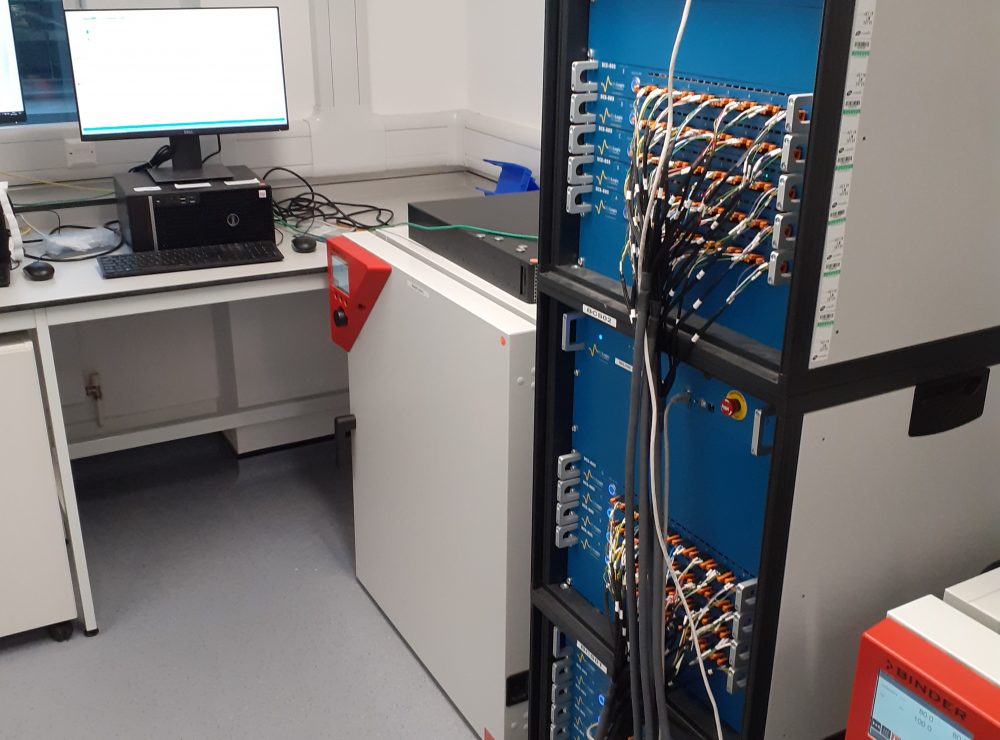
Corrosion Performance
Corrosion performance testing is used to evaluate the corrosion resistance of aluminum sacrificial anodes in different corrosion environments. Wstitanium uses a variety of advanced corrosion testing methods, such as salt spray test, immersion test, electrochemical impedance spectroscopy (EIS) test, etc. In the salt spray test, the anode is placed in a test box filled with salt spray according to the standard, and the test is carried out according to the specified time and conditions. The corrosion rate is accurately calculated by weighing method, corrosion product analysis and other means to evaluate the salt spray corrosion resistance of the anode. In the immersion test, the anode is immersed in actual corrosive media such as simulated seawater and soil solution, and the degree of anode corrosion is observed and measured regularly.
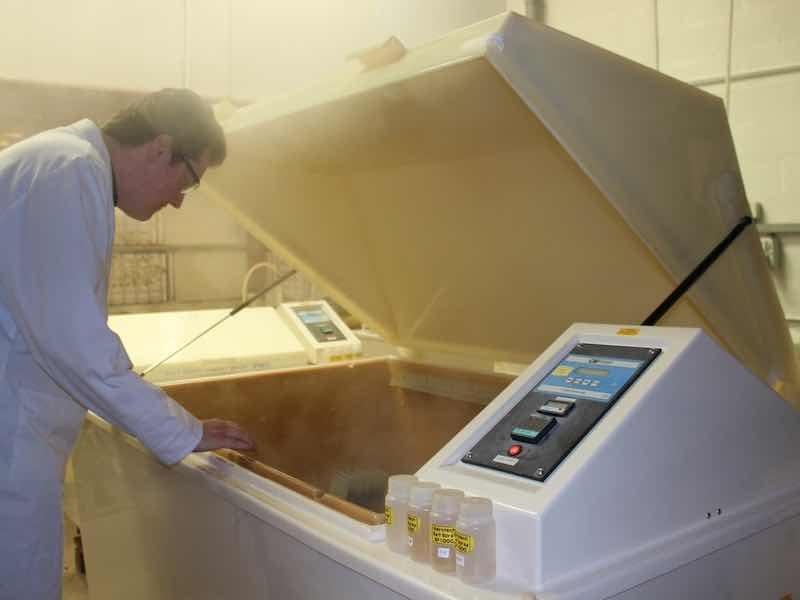
Mechanical properties
Mechanical properties are crucial to the reliability of aluminum sacrificial anodes during installation and use. Wstitanium uses Rockwell hardness tester to measure anode hardness, tensile strength and yield strength of anode through tensile test, and impact test equipment to test anode impact toughness. For example, in the tensile test, the anode tensile specimen is prepared according to the standard, and the tensile force is applied at a constant rate on the universal material testing machine. The force and displacement data are recorded in real time, and the tensile strength and yield strength of the anode are accurately calculated to ensure that the anode has sufficient strength and toughness, and will not break or be damaged when subjected to external forces, so as to ensure its normal use function.
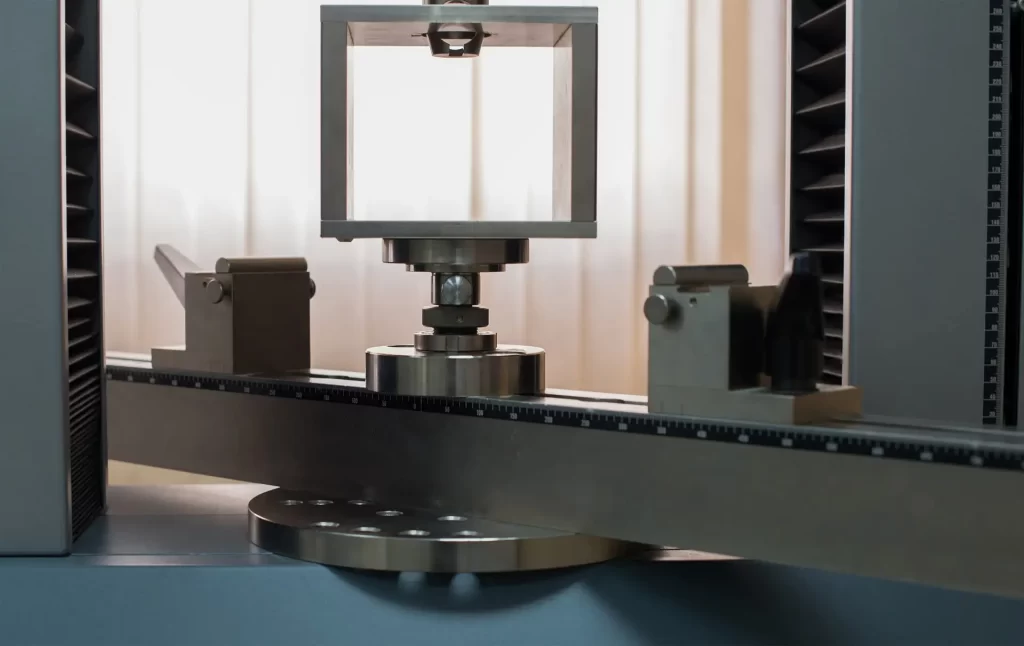
Aluminum Sacrificial Anode Application
Various metal structures are widely distributed in different environments such as oceans, soils, and fresh water, and they are always under the threat of corrosion. Whether in extremely harsh marine environments, facing the strong erosion of high-salinity seawater, or on land with complex and changeable soil environments, aluminum sacrificial anodes have demonstrated excellent protective performance.
Marine Engineering
In the field of marine engineering, Wstitanium provides customized aluminum sacrificial anode solutions for different structural characteristics and seawater corrosion characteristics such as offshore oil platforms. In the offshore oil platform project, the technical team accurately designs the model, specification and layout of the anode according to the environmental parameters such as seawater temperature, salinity, flow rate, etc. in the sea area where the platform is located, combined with the material, size and service life requirements of the platform steel structure. Through numerical simulation, the protection range and current distribution of the anode are analyzed to ensure that the anode can provide uniform and effective protection for the platform steel structure.
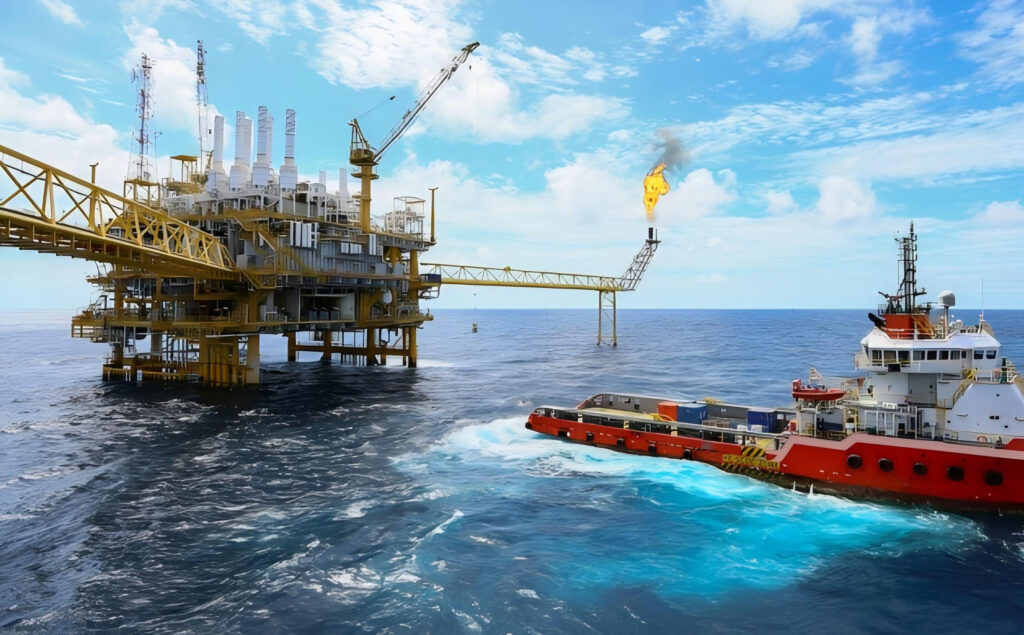
Ships
In ship applications, the installation location and fixing method of the anode are reasonably selected according to the navigation area, hull material and coating conditions of the ship. For example, the anodes are densely arranged in the bilge keel and stern of the hull, which are prone to corrosion. Welding or bolting is used to ensure good electrical connection between the anode and the hull. At the same time, special anti-corrosion treatment is performed on the connection parts to prevent corrosion at the connection points from affecting the protection effect.
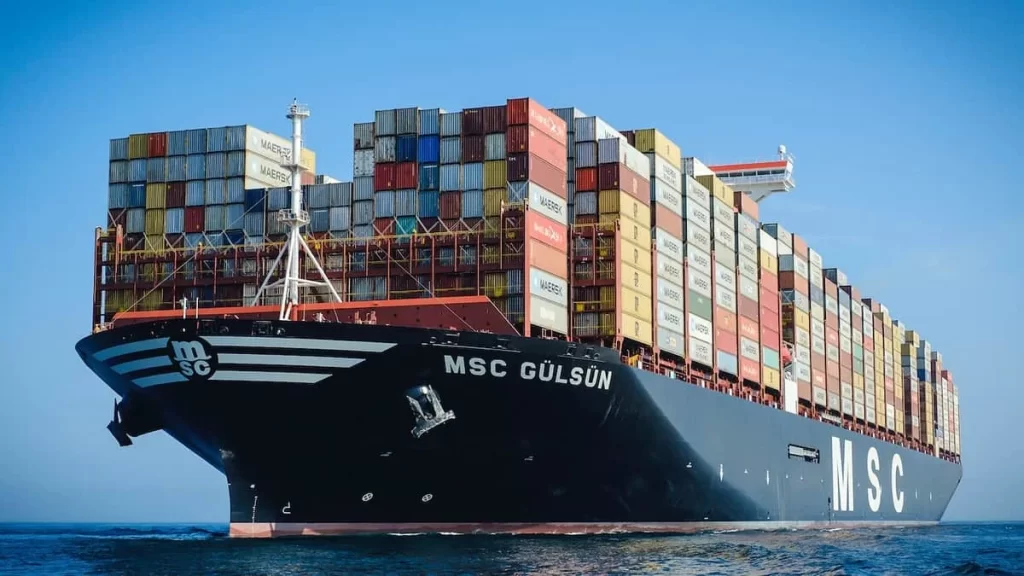
Pipeline Transportation
For the field of pipeline transportation, Wstitanium provides comprehensive technical support for long-distance oil and gas pipelines. In the early stage of the project, technicians conducted a detailed survey of the soil properties, humidity, resistivity, etc. along the pipeline, and selected the appropriate type of aluminum sacrificial anode based on the survey results. For pipelines crossing areas with different geological conditions, a segmented design method is adopted to configure the most suitable anode for each area. For example, the anode and the pipeline are connected by aluminum thermite welding or mechanical connection, and special cable protection tubes and insulating materials are used to ensure the insulation performance and service life of the cable.
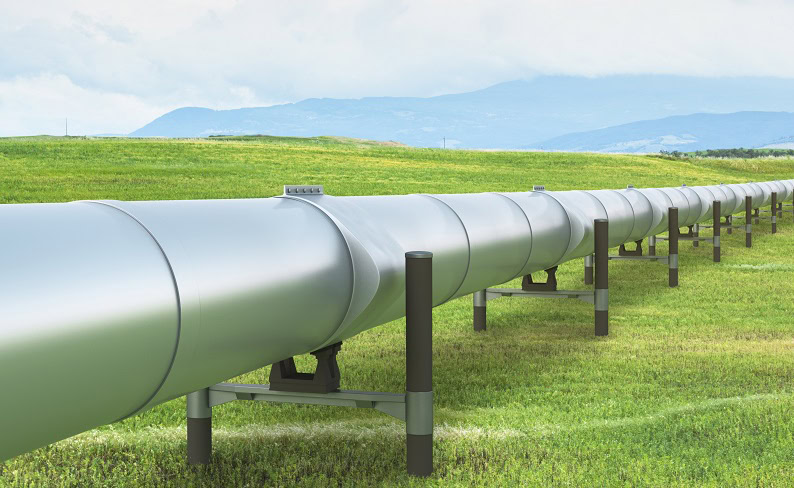
With the continuous advancement of science and technology and the continuous growth of industry demand, Wstitanium will continue to increase its R&D investment in the field of aluminum sacrificial anode manufacturing. In terms of alloy formulation, we will further explore new alloy systems and develop products with better performance and better environmental performance. In terms of manufacturing process, we will introduce intelligent production technology to improve production efficiency and product quality stability. In the application field, we will actively expand the application of aluminum sacrificial anodes in emerging industries, such as deep-sea exploration equipment, new energy facilities, etc. At the same time, we will continue to improve the quality control system and technical support services to meet the increasingly diversified and high-standard needs of customers, consolidate and enhance our leading position in the field of aluminum sacrificial anode manufacturing, and make greater contributions to the global metal protection industry.

